Persian carpets, especially handmade carpets, are provided in various sizes and colors for sale. Generally, carpet is one of the most important equipment and items that have played a significant role in the lives of people throughout history and continues to do so today. Because using items such as carpets with beautiful designs induces a sense of calm and relaxation in people. Handwoven carpets are among the oldest Iranian products and are among the most popular and distinctive forms of carpets. Hand-woven carpet refers to an underlay that is woven by hand using warp and weft. It is evident that hand-weaving carpets result in the development of incredibly attractive and distinctive patterns; this is why these carpets have so many followers around the world. This page will introduce you to all varieties of handmade Iranian carpets.
- Material, size, style, and hue distinctions among handmade carpets from Iran
Handwoven rugs vary in size, material, color, appearance, and structure, and are manufactured in a number of distinct ways. This issue has resulted in distinct types of hand-woven Iranian carpets, each of which has its own name. 
- Types of handmade Iranian carpets based on dimensions
Depending on the size of the room, Iranian hand-knotted carpets are often 6 meters, 9 meters, 12 meters, or 24 meters. Carpets with dimensions 3×2 meters, 2.5×3.5 meters, 3×4 meters, and 6×4 meters are referred to as carpets. Rugs are carpets with a surface area of less than 4 square meters and typically measure 2.20 x 1.40 meters and 2.5 x 1.5 meters. Kellagi refers to carpets that are narrower than carpets in terms of width and less than 4 meters in length or length. These rugs are frequently woven in dimensions of 3 x 1.7 meters and 3.7 x 2 meters. There are additional carpets whose width ranges from 0.5 meters to 1.70 meters, whose length is from 3 to 10 meters, and which are sometimes woven to lengths of 15 meters or beyond. These carpets, known as kanara, are utilized in corridors and staircases. Zare and Nim refer to carpets with dimensions of 1.40 x 1.50 and 1.60 x 1.10 inches, respectively. In addition, the rugs, which are typically 1.30 by 0.80 meters in size, are known as Zara and Chak. There are other rugs with a surface area of less than one square meter. These rugs are known as Pashti and typically measure 90 by 60 centimeters. Foot-square padris are also little woven carpets. 
- Types of hand-knotted Iranian carpets according to regional design
Urban, rural, and nomadic are the three distinct varieties of hand-woven carpets found in Iran, based on their regional style.
- Urban carpets: There are carpets woven by urban weavers in cities. These carpets are fragile, and there are many of them. Additionally, they have unique and appealing maps and graphics.
- Rural rugs are woven in a basic and straightforward manner. These carpets are frequently woven without a plan, and the majority of their designs are stunning and lovely.
- Nomadic carpets are simple and fundamental, similar to rural carpets. The function of these rugs is frequently derived from the environment and lifestyle of indigenous people.
- Nomadic or Ili carpets can be found in small sizes with a coarse, gritty texture. Their sides also have a complicated and unique texture, which is frequently joined at intervals by small woolen tassels.
- Types of hand-woven Iranian carpets in terms of weaving technique
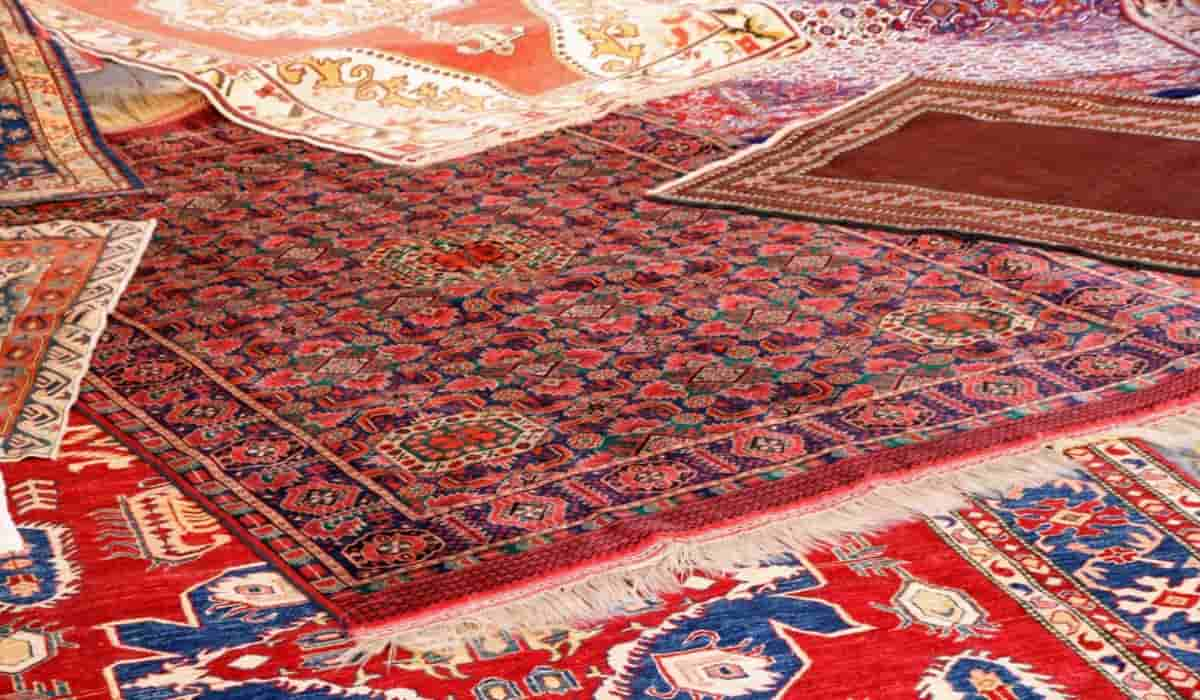 There are three unique types of handwoven Iranian carpets, each of which is differentiated from the others based on the method of weaving and the location of the weft. The grooves in these floor-to-ceiling carpets are fairly deep, and the arc of the knot that is located behind them has a degree that is equal to ninety degrees. In addition to this, the threads that comprise these carpets are tightly packed together, and the carpets themselves have a dense texture. The distance between each thread in a Lule carpet is equal to one thread diameter. These rugs are woven in the style of rattan and have a texture that is derived from plants. To put it another way, the threads that make up each row of the weave of these carpets are twisted such that they face the wrong way when viewed from the back of the carpet.
There are three unique types of handwoven Iranian carpets, each of which is differentiated from the others based on the method of weaving and the location of the weft. The grooves in these floor-to-ceiling carpets are fairly deep, and the arc of the knot that is located behind them has a degree that is equal to ninety degrees. In addition to this, the threads that comprise these carpets are tightly packed together, and the carpets themselves have a dense texture. The distance between each thread in a Lule carpet is equal to one thread diameter. These rugs are woven in the style of rattan and have a texture that is derived from plants. To put it another way, the threads that make up each row of the weave of these carpets are twisted such that they face the wrong way when viewed from the back of the carpet.  Another type of hand-woven Iranian carpet is known as a half-roll carpet. These carpets may be identified by the knot on the back of the rug forming an arc that is 45 degrees. When it comes to maintaining hand-woven Iranian carpets, proper cleaning is an essential component. There are a variety of in-home services that specialize in the cleaning of carpets made with hand-woven rugs from Iran. Home Services has further details regarding the price of washing handmade carpets in their possession.
Another type of hand-woven Iranian carpet is known as a half-roll carpet. These carpets may be identified by the knot on the back of the rug forming an arc that is 45 degrees. When it comes to maintaining hand-woven Iranian carpets, proper cleaning is an essential component. There are a variety of in-home services that specialize in the cleaning of carpets made with hand-woven rugs from Iran. Home Services has further details regarding the price of washing handmade carpets in their possession.
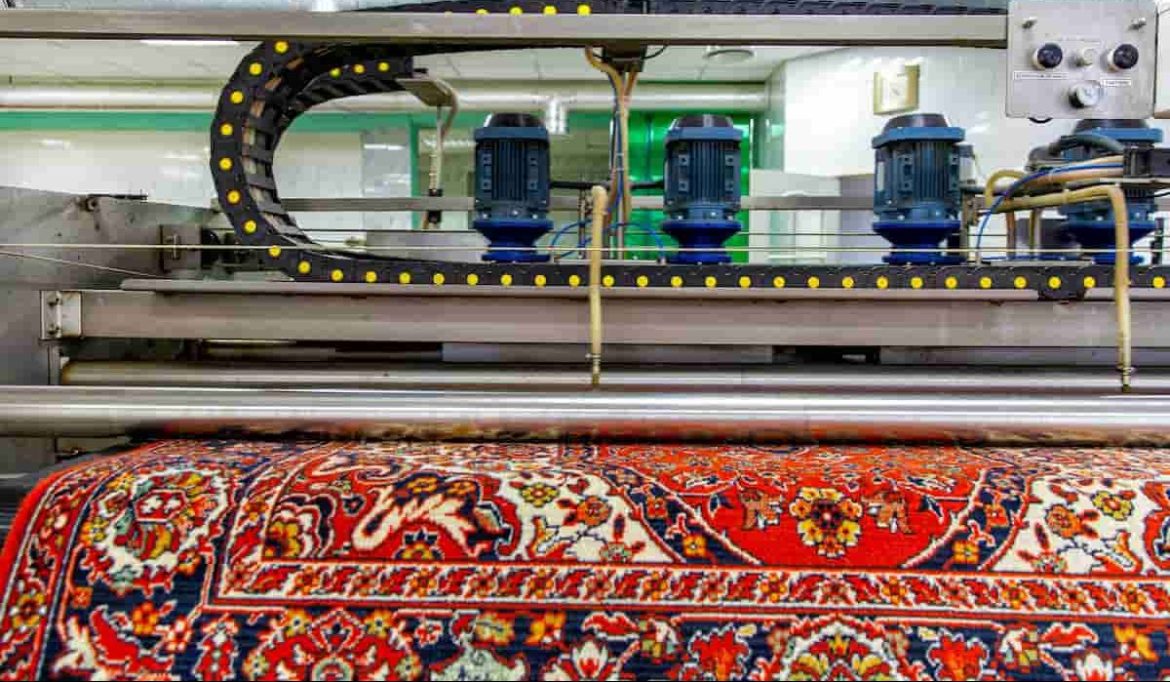
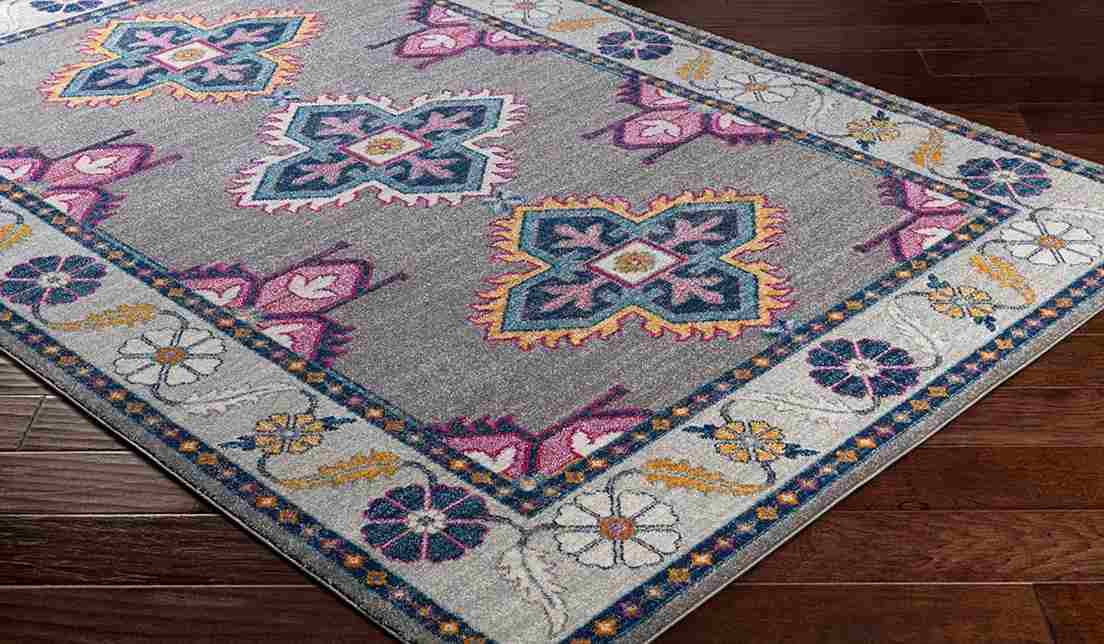
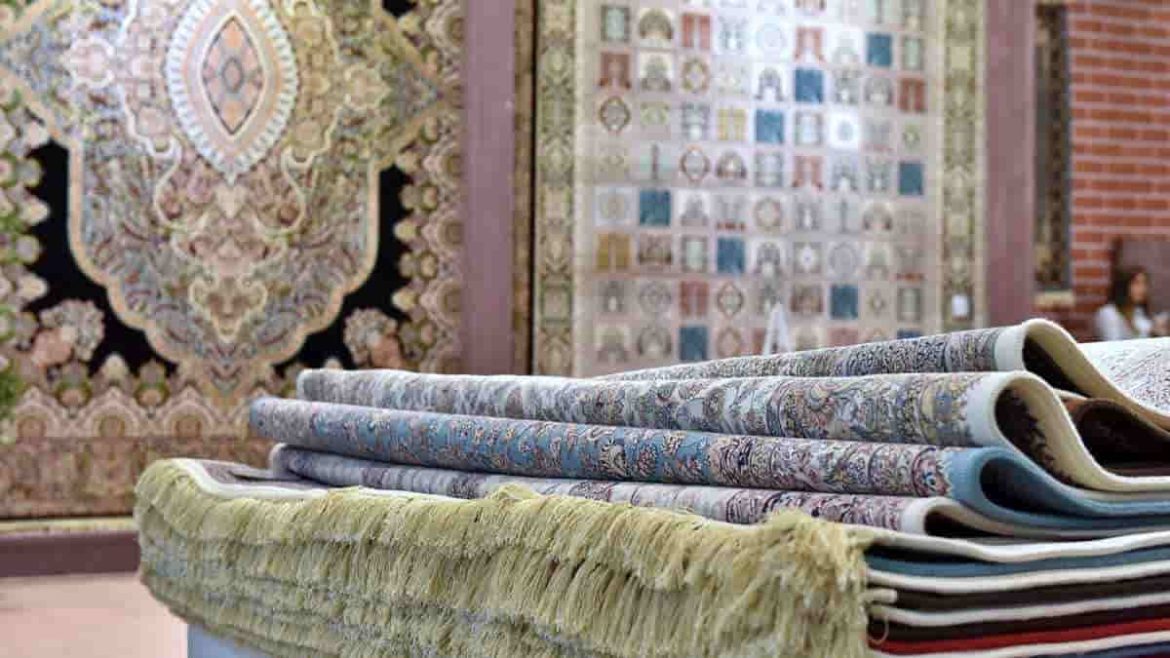
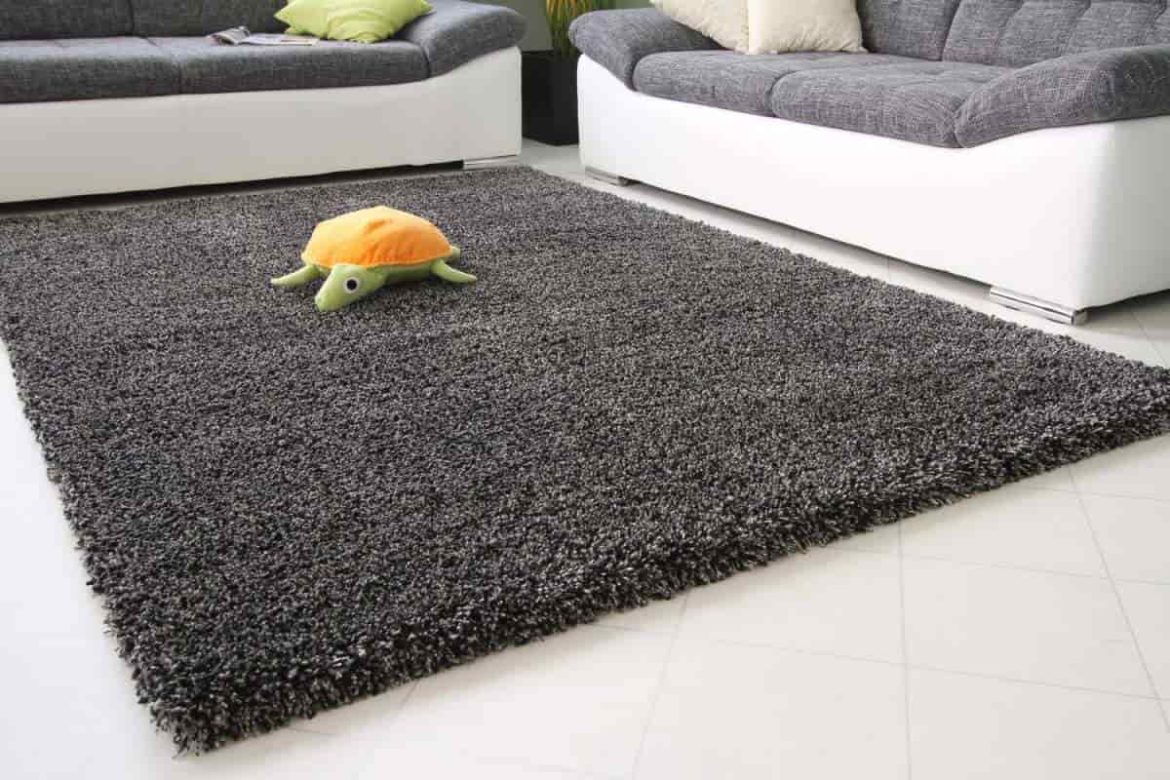
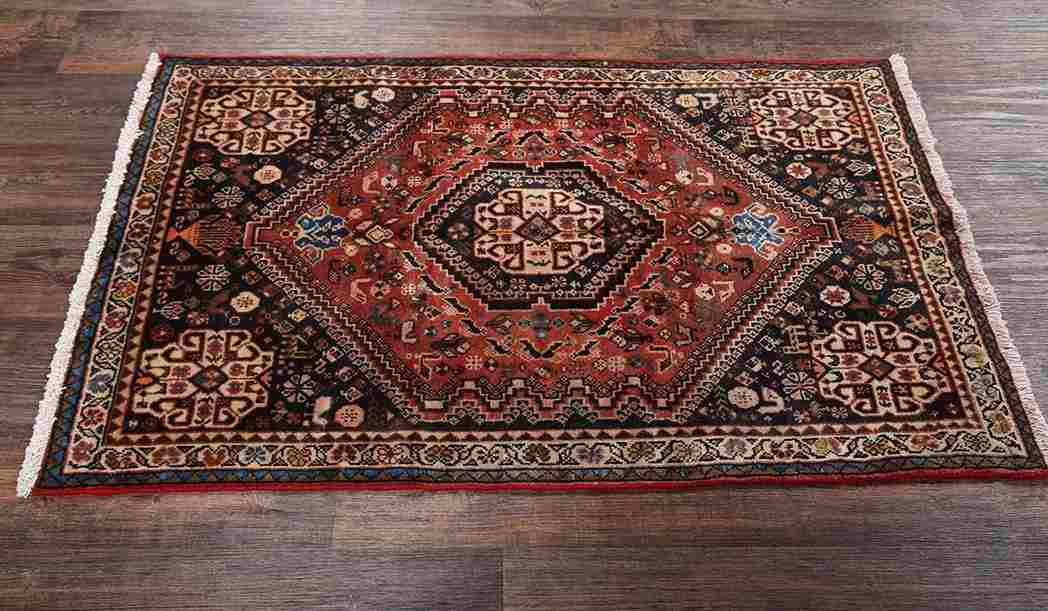
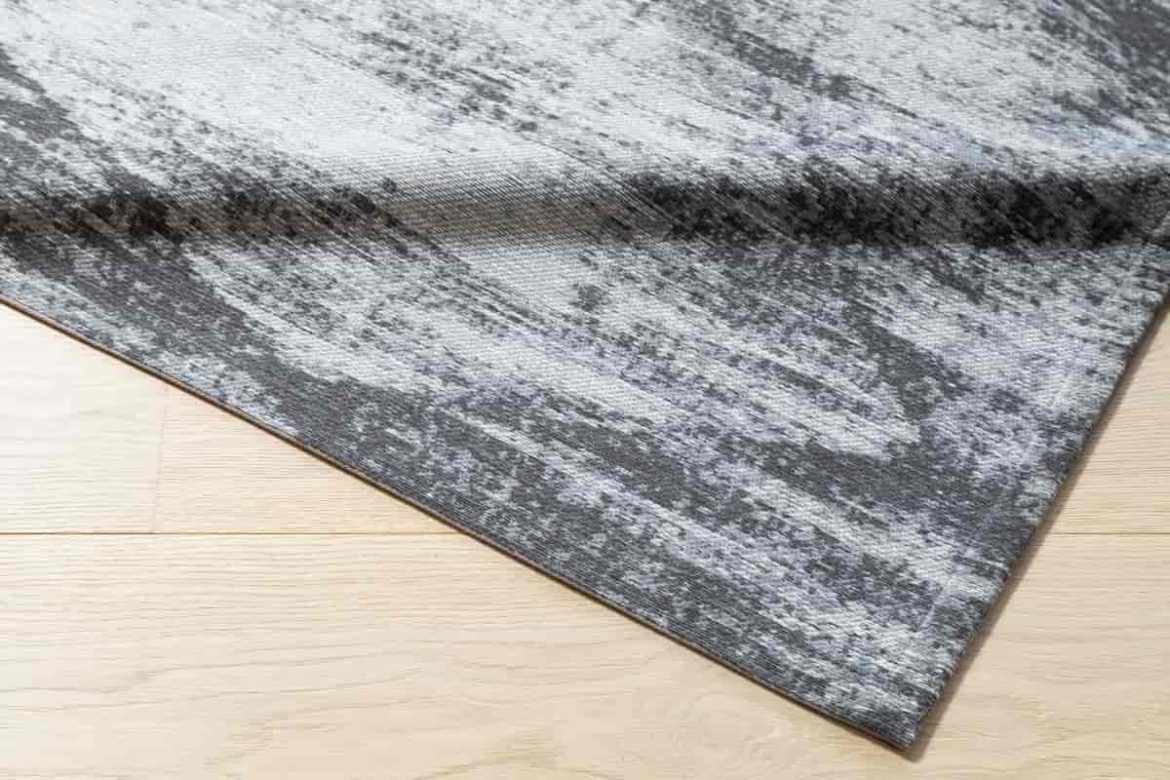
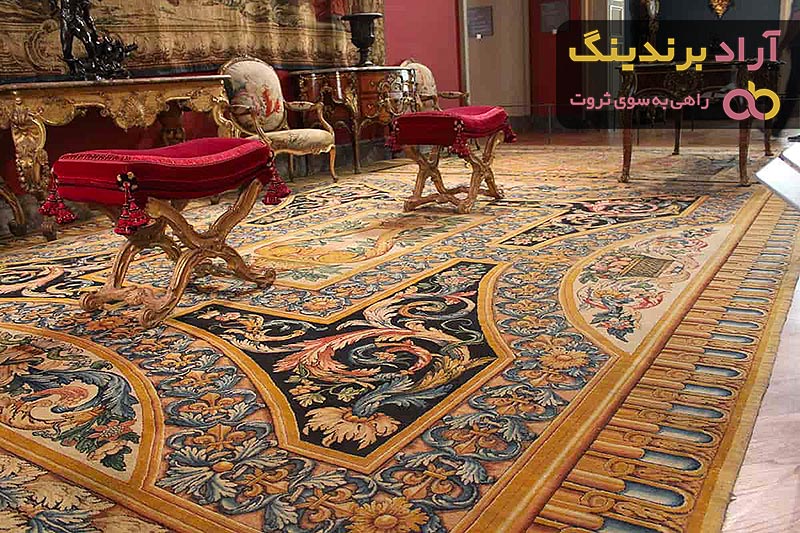
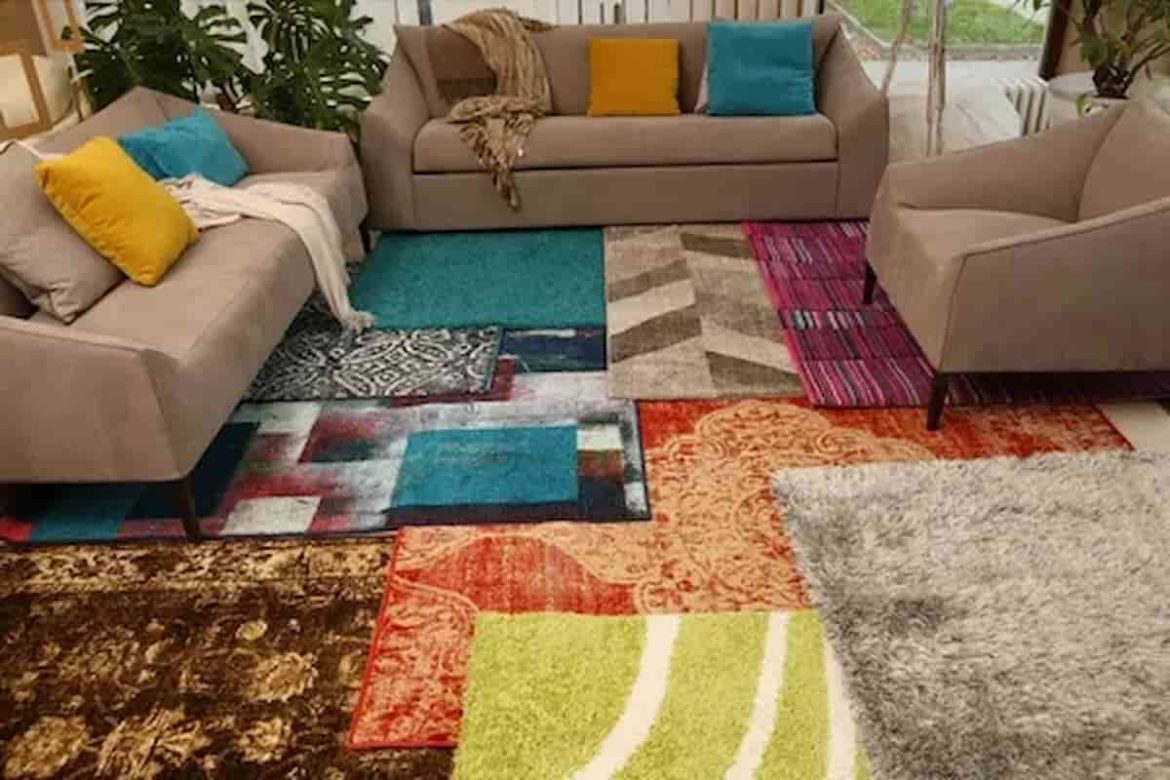
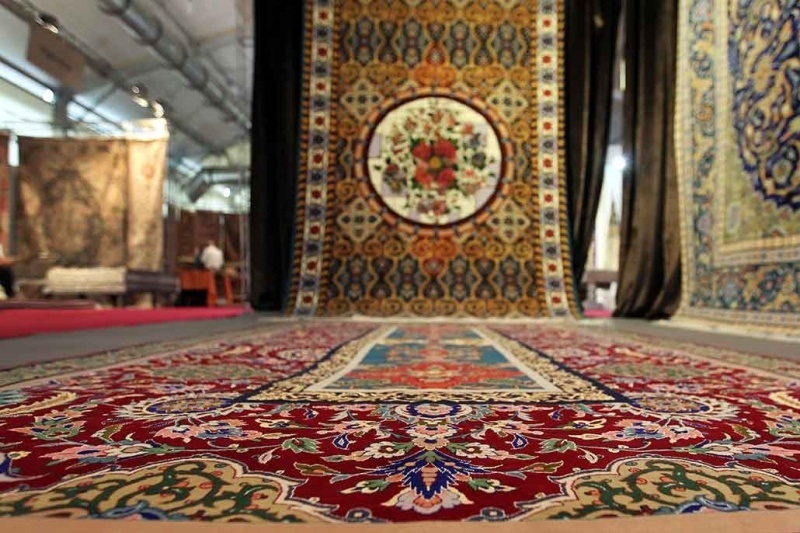
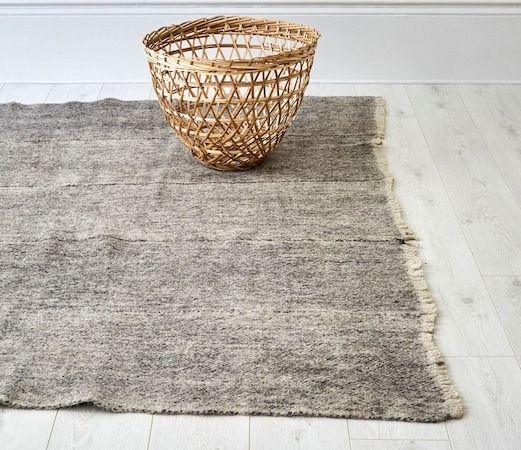
Your comment submitted.